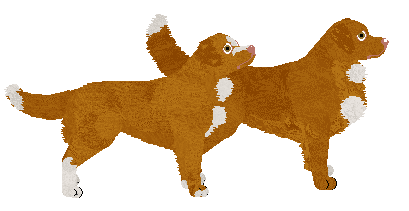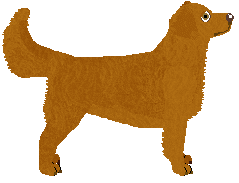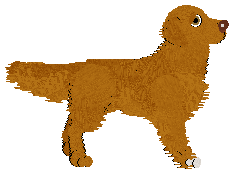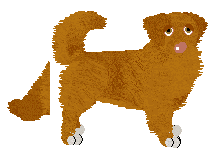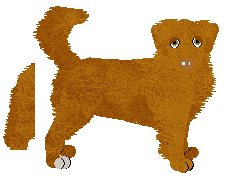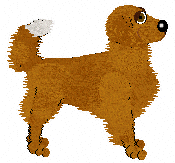There are several theories on the canadian toller's history. It was kept as a tolling dog, which means that it will play on the shore, thus luring ducks closer, allowing the hunter to either catch them with a net, or when handheld weapons were discovered and made, shoot them, and then let the dog work as a retriever. The breed was originally primarly kept and bred in Fundy Bay and Yarmouth in southern Nova Scotia.
This breed was once known under the name 'Little red river dog'. In some areas, the vegetation required a larger and heavier dog, and as a result the breed can vary in size even today. It was recognized by the Canadian Kennel Club in 1945 and 15 dogs were registered, but it wasn't until the 1950's that the interest for the breed awoke once again, and since then the toller's numbers have grown steadily all over the world.
The nova scotia duck tolling retriever should have a wedge-shaped head with broad skull and slight stop. The muzzle is rather powerful with dry lips. The eyes should have a friendly and alert expression. The ears are triangular, of medium size, set high and far back on the head. The neck is powerful and muscular, of medium length. Deep chest with slight tuck up. The back hould be short and straight with an even topline. Good angulation in the legs. The tail is set as a continuation of the back, carried below the backline during rest, higher during movement. The coat is water resistant, double, with soft undercoat.


 in dogz with black noses (including if they have dudleys),
in dogz with black noses (including if they have dudleys), 
 in others.
in others.
 ,
,  or
or  , may have dudleys (a
, may have dudleys (a 